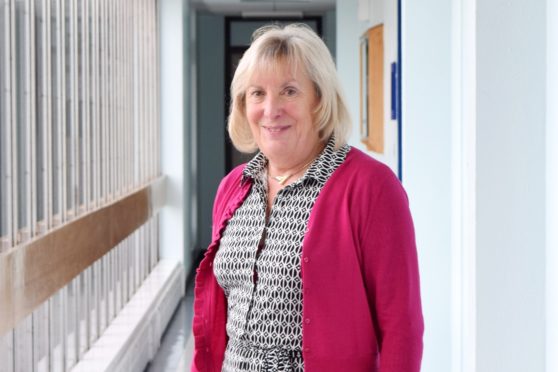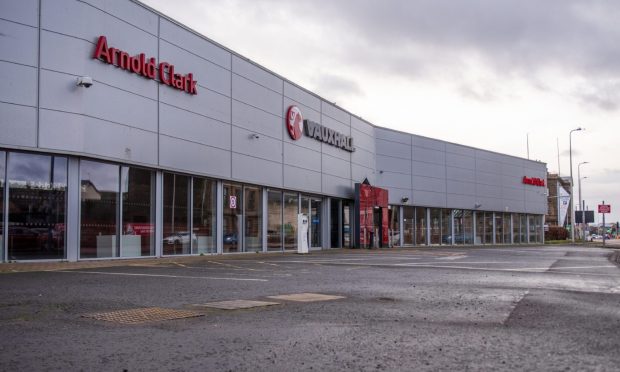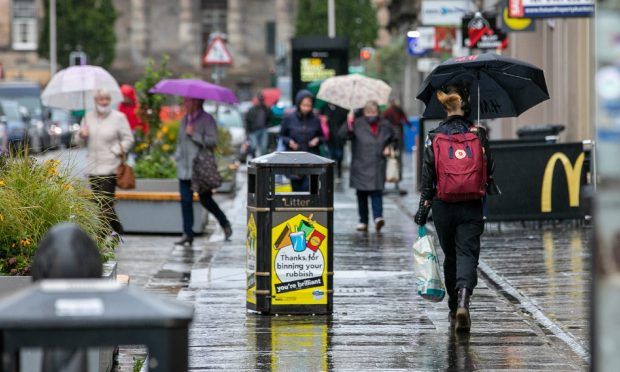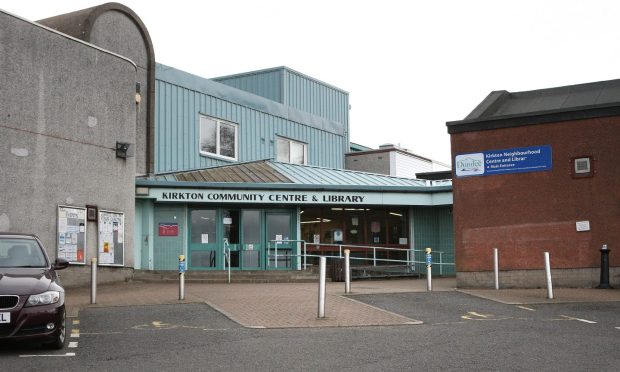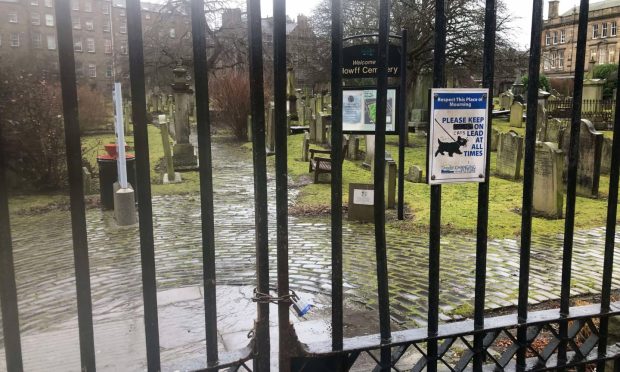A new suicide prevention initiative will be launched in Dundee after findings showed the city has the highest rate of people taking their own lives in Tayside and Fife.
Poverty and welfare reform have been cited as one of several contributing factors in the city, which is infamous for having one of the highest numbers of benefit sanctions in Scotland.
The Suicide Prevention Strategic Plan would bring the city council, NHS, emergency services and specialist mental health services more closely together to work on preventing deaths.
It will be under consultation until April and is expected to be endorsed by the Dundee Integration Joint Board in June.
An investigation carried out between 2013 and 2017 showed 131 people died by suicide in the city in that time.
The rate of 19 per 100,000 population was significantly higher than the Scottish average of 13.5.
Males in Dundee have the second highest mean rate of suicide in Scotland.
A report compiled by the Tayside Multi-Agency Review Group, set up in 2016 to investigate the issue, said: “Scotland continues to have a higher suicide rate than the rest of the UK mainland and there is a strong association between suicide and socio-economic deprivation.
“A number of cases have highlighted the impact of issues around benefits in potentially contributing to local suicide deaths.”
Concerns have also been raised about ambulance staff having no access to mental health records when dealing with emergencies, unlike the police.
The findings come a year after Tayside’s most senior police officer said tackling mental health challenges was the force’s greatest challenge.
Speaking at Tuesday’s Health and Social Care Partnership meeting, the committee’s chair Trudy McLeay said: “I was surprised that the ambulance service don’t have access to mental health records.
“It must be a very difficult situation, especially when dealing with an attempted suicide.”
Common factors identified in Tayside men and women who died by suicide included bereavement, a criminal history, harmful use of alcohol, adverse childhood experiences and physical health problems.
Among men, a significant number were found to have had a record of abuse perpetration, psychotic or organic brain conditions, Autistic Spectrum Disorder, a career history in the military and/or Eastern European ethnicity.
Meanwhile, a common factor specific to women was infertility.
A further report submitted to the Dundee Health and Social Care Partnership raised concerns that there may not be enough funding to implement the new plan.
DWP spokesperson said: “Suicide is a highly complex issue and it’s wrong to make a link with welfare reforms.
“This report is over 300 pages long and mentions welfare reform in just one paragraph.”
